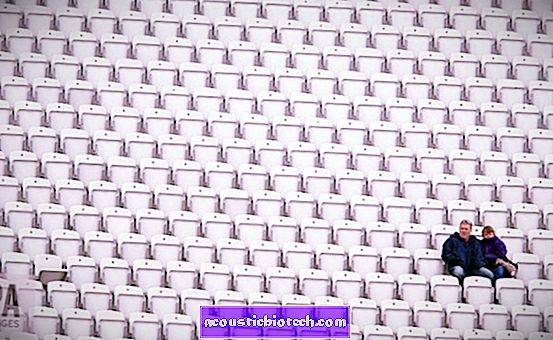A franchise competition based on Twenty20 will be launched in 2020 to strengthen this sport in the UK. This is the latest plan by the British and Welsh Cricket Council (ECB) to increase the number of people to follow the sport. The teams are expected to be based on famous areas such as Lord’s and Oval in London, Bridge Bridge in Nottingham, Old Trafford in Manchester and Headingley in Leeds.
Cricket spectators are said to be old and may not be replenishing. Elsewhere around the world, match attendance in the longer formats of the game, especially the five-day International Test cricket, has fallen though not in the UK.
The ECB’s proposed competitive franchise reception has been mixed. Michael Vaughan, the former England captain, said he viewed Twenty20 as a savior. And he predicts that it will have a big success in attracting new, younger fans.
So is the cricket commercialization a friend or enemy of this sport?

Cricket has had to cope with these stresses longer than most sports have actually existed. Since its laws were first standardized and committed to paper in the mid 1700s, cricket has seen many incarnations in the name of progress and modernization. Concerns about economic models date back to the 19th century, but the commercialization of cricket in England underwent a change in 1963 with the introduction of the day’s first competition, a soccer trophy. rock.
The shorter format became more frequent and predominant, but different iterations were tried in the search of a commercially lucrative formula. The Kerry Packer World Series Cricket in Australia in the 1970s, saw players dressed in colored (not traditional whites) clothes playing under floodlights with a white (not red) ball will eventually convince the market about the commercial potential of cricket.
The day-long broadcast of cricket allowed the game to become an online intermediary. However, despite considerable success, shorter variants continued to emerge, like New Zealand’s Cricket Max in the late 1990s and Australia’s Super Eights.

